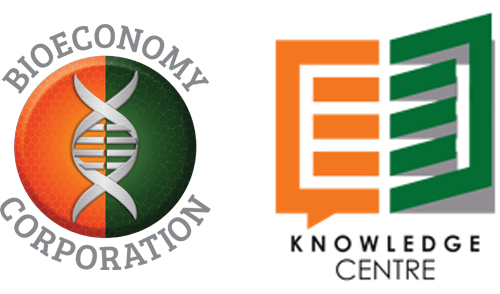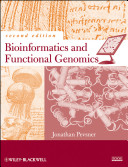Bioinformatics and Functional Genomics
| Series: | |
| Publisher: | Wiley |
| Subject: | Genomics, Bioinformatics, Proteomics. |
| Authors: | Jonathan Pevsner |
| Pages: | 992 pages |
| Binding: | Hardcover |
| ISBN: | 9780470085851 |
| Call No: | QH 441.2 P48 2009 |
Widely received in its previous edition, Bioinformatics and Functional Genomics offers the most broad-based introduction to this explosive new discipline. Now in a thoroughly updated and expanded Second Edition, it continues to be the go-to source for students and professionals involved in biomedical research.
This edition provides up-to-the-minute coverage of the fields of bioinformatics and genomics. Features new to this edition include:
- Several fundamentally important proteins, such as globins, histones, insulin, and albumins, are included to better show how to apply bioinformatics tools to basic biological questions.
- A completely updated companion web site, which will be updated as new information becomes available - visit www.wiley.com/go/pevsnerbioinformatics
- Descriptions of genome sequencing projects spanning the tree of life.
- A stronger focus on how bioinformatics tools are used to understand human disease.
The book is complemented by lavish illustrations and more than 500 figures and tables—fifty of which are entirely new to this edition. Each chapter includes a Problem Set, Pitfalls, Boxes explaining key techniques and mathematics/statistics principles, Summary, Recommended Reading, and a list of freely available software. Readers may visit a related Web page for supplemental information at www.wiley.com/go/pevsnerbioinformatics.
Bioinformatics and Functional Genomics, Second Edition serves as an excellent single-source textbook for advanced undergraduate and beginning graduate-level courses in the biological sciences and computer sciences. It is also an indispensable resource for biologists in a broad variety of disciplines who use the tools of bioinformatics and genomics to study particular research problems; bioinformaticists and computer scientists who develop computer algorithms and databases; and medical researchers and clinicians who want to understand the genomic basis of viral, bacterial, parasitic, or other diseases.

